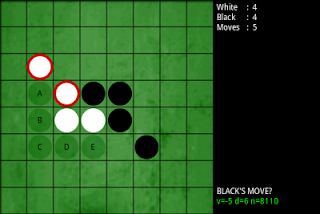Casio FX-700P

This week I realized that it has been more than 25 years since I learned programming on the Casio FX-700P programmable calculator. This little computer is powered by a 455KHz HD61913 processor and features 2KB RAM, with exactly 1568 bytes available for BASIC programs. Output can be printed with the Casio FP-12 mini thermal printer and programs and data can be saved and loaded using the Casio FA-3 cassette interface. I still use the FX-700P as my desktop calculator, but this week I also tried the printer and cassette interface. The internal battery of the FP-12 was exhausted, so I had to improvise an external battery holder. But after that, the printer still produces those little thermal listings! The FA-3 also still works after all those years, although I could not read my old programs back unfortunately. Time had taken its toll on those old cassettes.







